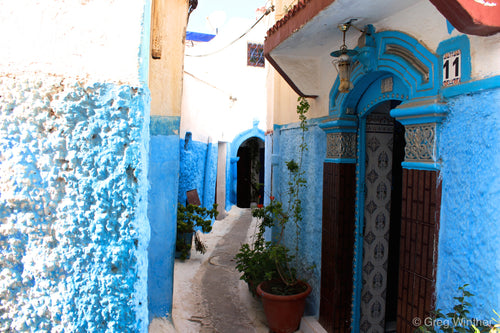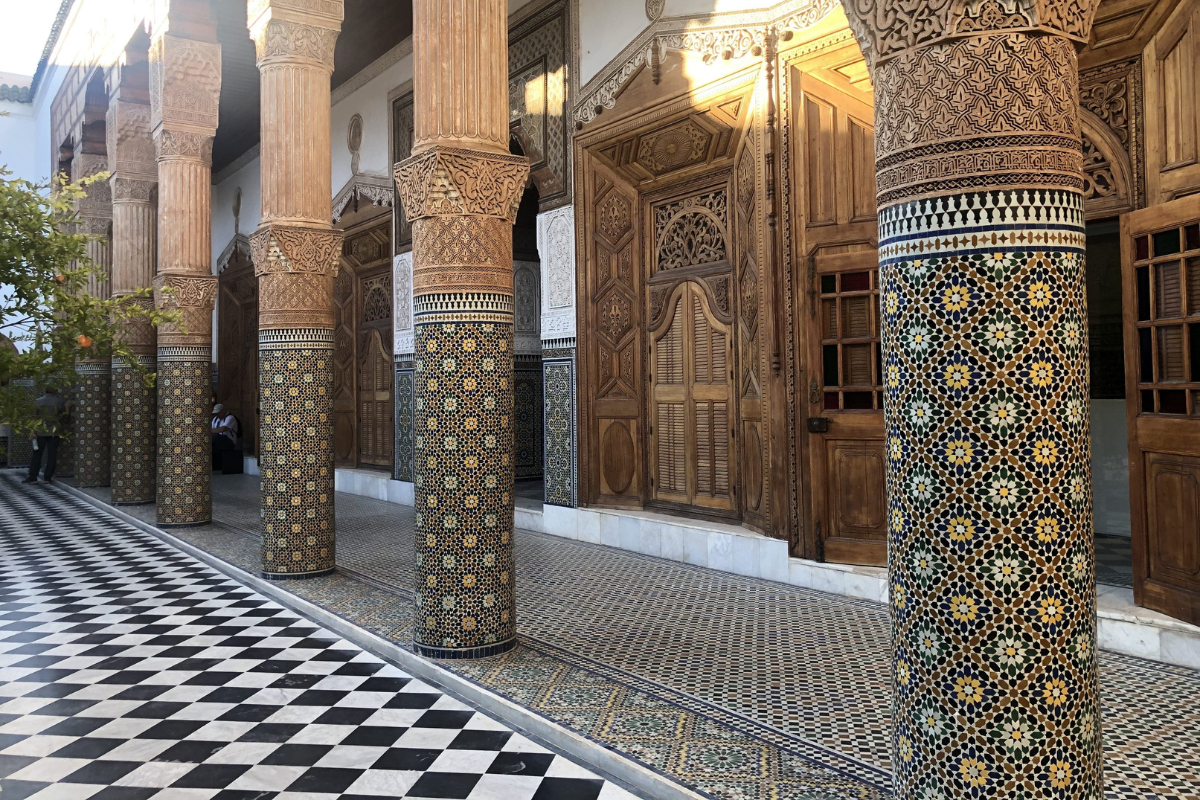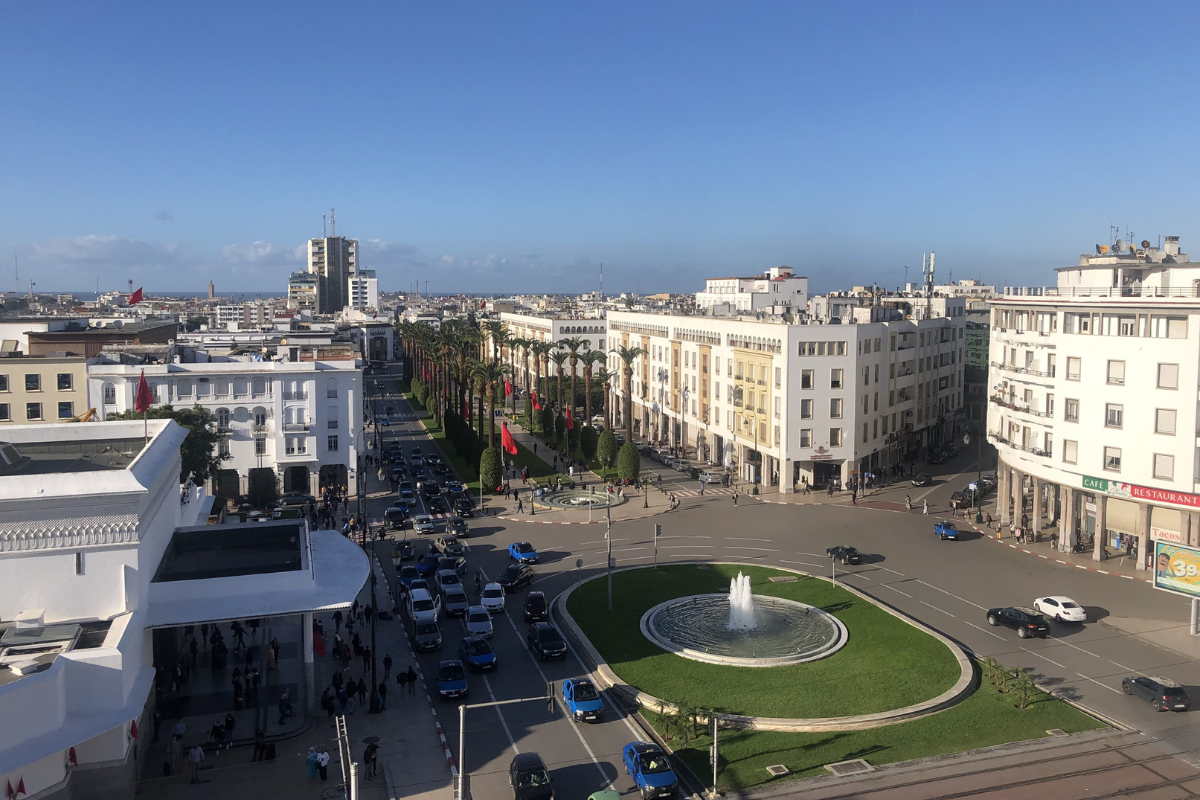Morocco Travel Tips: Imperial Cities | Rabat, Fes, Marrakech
Jun 12, 2018
Rabat
Rabat is the capital of Morocco and the fourth largest city in Morocco. Because it is not often on the top of tourists' lists, Rabat's medina is fairly calm and pleasant to wander around, without the urgency or aggressiveness from vendors that you might get in other cities. There is a long shoe souk that leads up to the Rue de Consuls where you can find most of the other souvenirs and crafts that you might find in other cities, from rugs to Tuareg silver to wood and metal work.

While in Rabat, make sure to visit Chellah, an enclosed park that is the site of the ancient city of Rabat, featuring both Roman and Arabic architectural ruins. You can explore the ruins on your own or hire a guide at the main gate to walk you through.

Kasbah des Oudayas is another favorite-- it's a fortressed neighborhood along Rabat's coast with the same white and blue walls that can be seen in other coastal cities like Essaouira.

While at the Kasbah, you can take a short walk down to the Bouregreg river which separates Rabat from its sister city, Salé, and have drinks or food at Le Dhow, a cafe/restaurant/bar on a boat.

Museums in Rabat that are worth checking out include the Villa des Arts and the recently opened Mohamed VI Museum of Modern and Contemporary Art.
An old favorite place for live music was at La Cabane Bambou, also known as Yacout, which offers live Congolese music every night, from 8pm until late in Rabat's Hassan neighborhood.
Learn more about Kantara Tours
Interested in learning more about your options for travel with Kantara Tours? Click here to read more about the services we offer, or feel free to reach out with any specific questions!
Learn moreFes
The old medina of Fes is a UNESCO world heritage site, in part because of its complex maze of tiny streets weaving their way past tiled fountains, stately madrassas, and ornate mosques. It's easy to get lost in the medina, but that's also part of the charm.
In Fes, as in Marrakech, be wary of "false guides," who offer to show you the way. There are many entrances to the Fes medina but my favorite is from Bab Bou J'loud, or the Blue Gate, at the top of the medina. From here, the old city slopes downwards towards the leather tanneries and the Karaouine Mosque and Seffarine Place.

Near Bab Bou J'loud, you can visit the Batha Museum, the Bouania mosque, which is an old school and mosque, or get a bite to eat at Cafe Clock. Café Clock offers quite a bit of programming with great cultural shows featuring music and art, cooking classes, etc.

Marrakech
The city of Marrakech offers insight into the history of rural to urban migration in Morocco as well as the Western retelling of the Moroccan aesthetic. Most Moroccans who live here can trace their family history to the rural Atlas mountains and speak some of the Amazigh languages. The medina is worth a visit, but it can be overwhelming at times.
In Marrakech, vendors are seasoned professionals who drive a hard bargain, speak multiple languages, and are accustomed to dealing with tourists from all over the world. If communication is your main goal, you will certainly find those that speak your language-- from English, to Mandarin, to Catalan. If you are seeking out authentic connection, it may be a bit harder in this environment.
The places that I like to visit in Marrakech include the following:
Jmaa el Fnaa
An outdoor market that pops up every night in Marrakech's main square, rain or shine, and is filled with hot food stands, jugglers, story-tellers, snake-charmers, henna artists, dried fruit vendors, the orange juice guys who are right next to the snail guys, gnawa musicians, and so much more. My favorite stand are the stands with the large copper pots located at the front of the market where they serve hot ginger-spiced tea and a traditional Moroccan spiced desert called sfouf.

Jardins Majorelle
This is an impressive 12-acre landscaped garden amidst an Art Deco villa that was once owned by Yves Saint Laurent and Pierre Bergé. With its sophisticated design, these gardens offer a welcome break from the hot and bustling Marrakech street life. Ensconced within royal blue garden walls is a perfect balance of Moroccan design and European influence.

Bab el Khemis
This is a lesser known souk that functions as a mixture between a flea market and spot for antique thrifting. It's a short drive from the Jmaa el Fnaa and is not touristy at all; it features about 20 shops max with some real treasures inside. By wandering into the medina from Souk el Khemis, you'll come to various section of Marrakech's medina that specialize in different things-- there's the bed frame section, or the area where they make the cushions for the Moroccan sofas; there's the antique salesman with old wooden carved doors next to the kitchenware section.

Recent Rug Journal articles
Morocco Travel Tips: the Basics
Morocco is an incredible country that has a lot of wonderful experiences to offer. If you are feeling overwhelmed by all of the options– theres no need to worry! Here is a list of the top 10 places to visit on your Moroccan vacation.
View DetailsMorocco Travel Tips: Imperial Cities | Rabat, Fes, Marrakech
Moroccos imperial cities are rich in culture and history. Here is our guide on what to look out for when exploring these breathtaking places.
View DetailsMorocco Travel Tips: Coastal Cities | Essaouira, El Jadida, Tangier, Asilah
Interested in seeing Moroccos gorgeous coastal cities, but can't decide which to visit? Here is an overview of some of our favorites locations along the coast.
View Details






